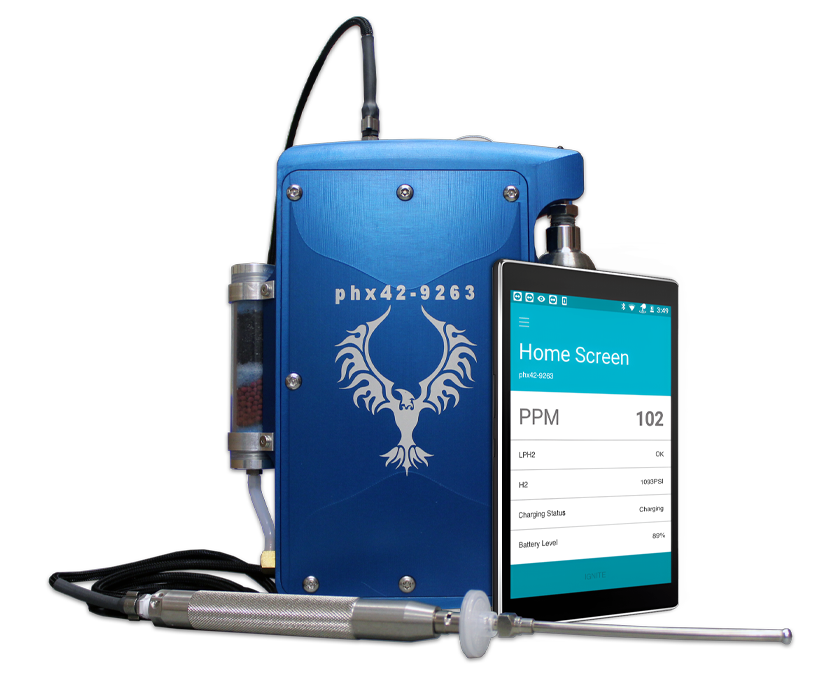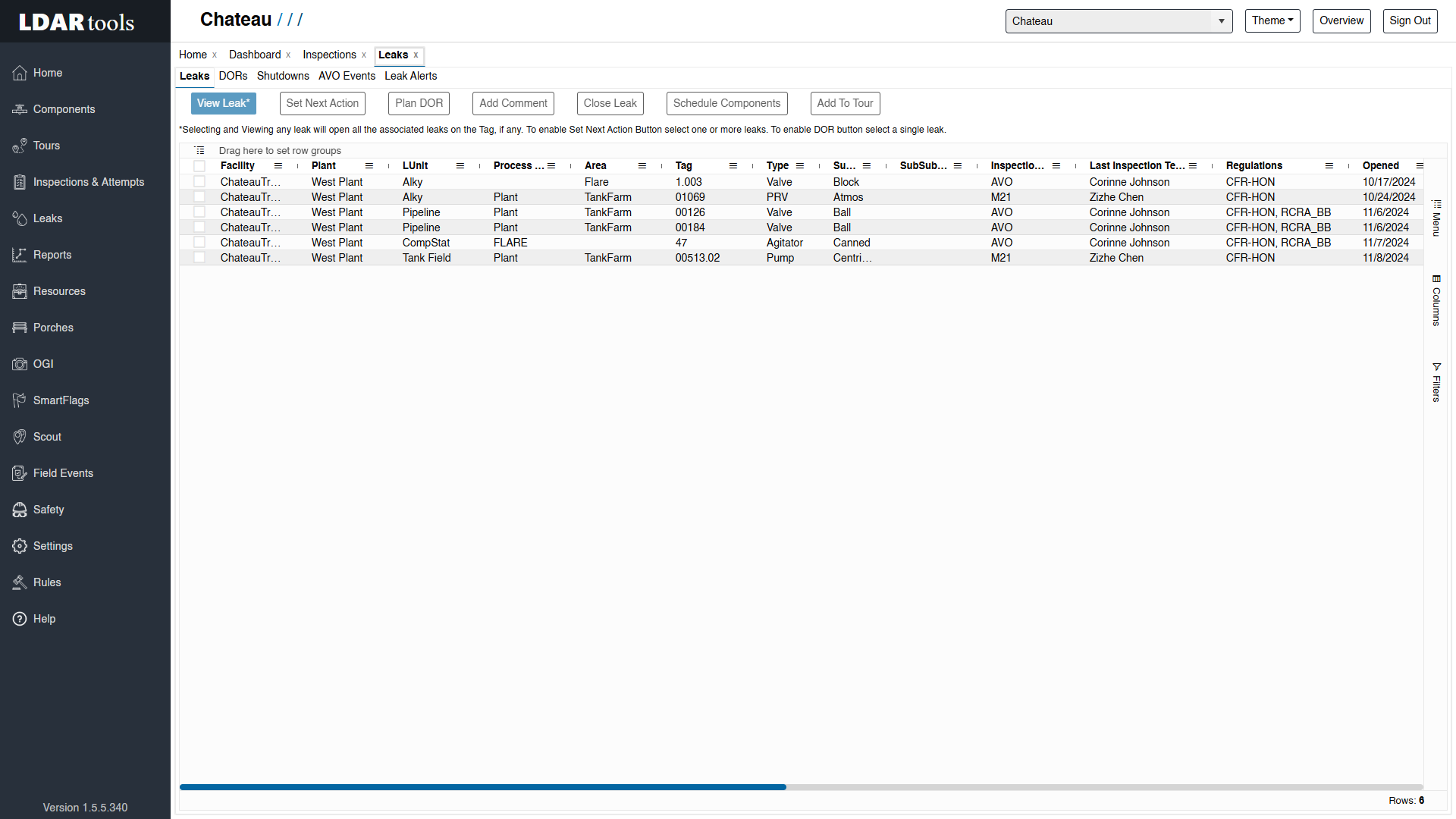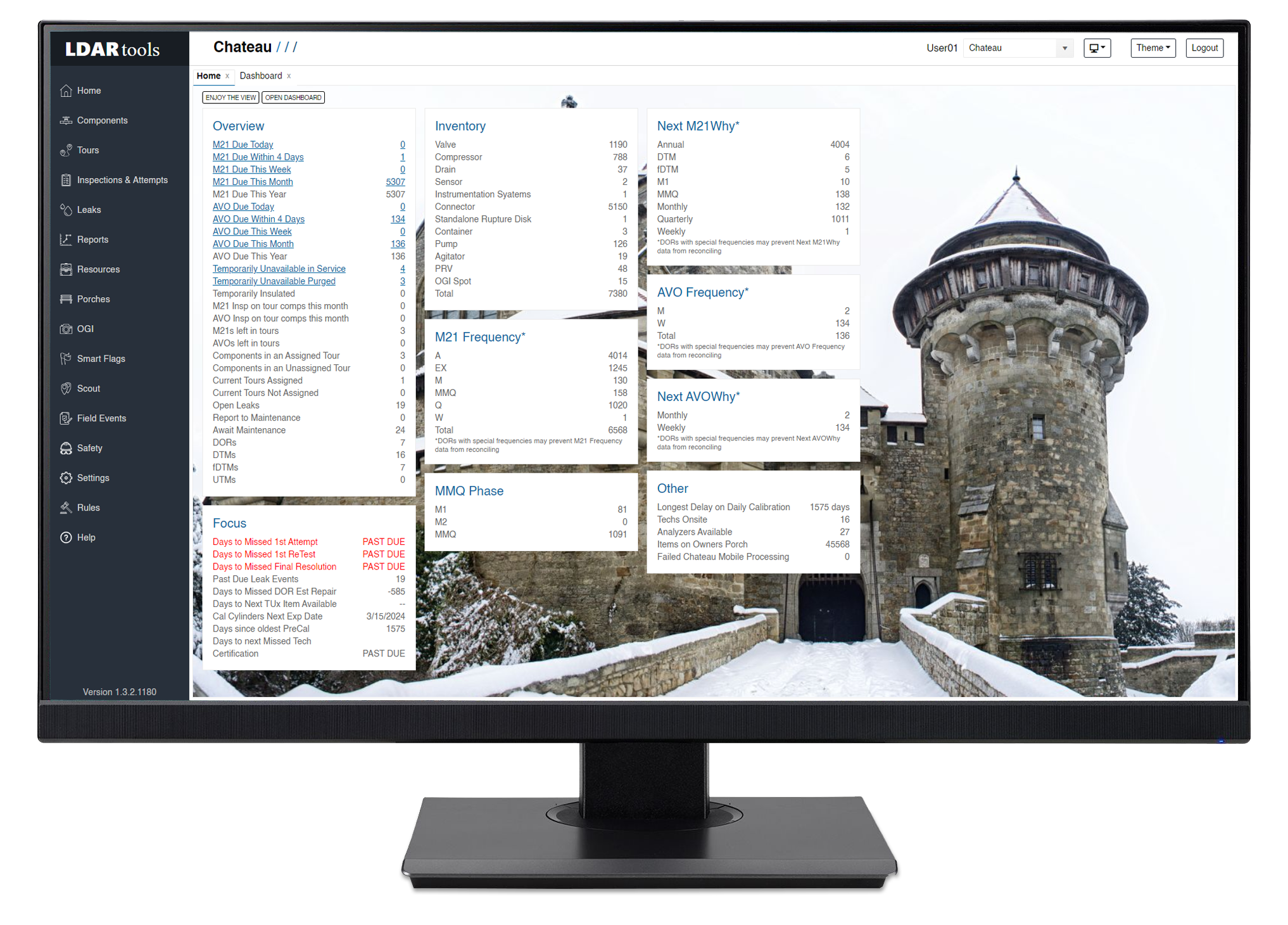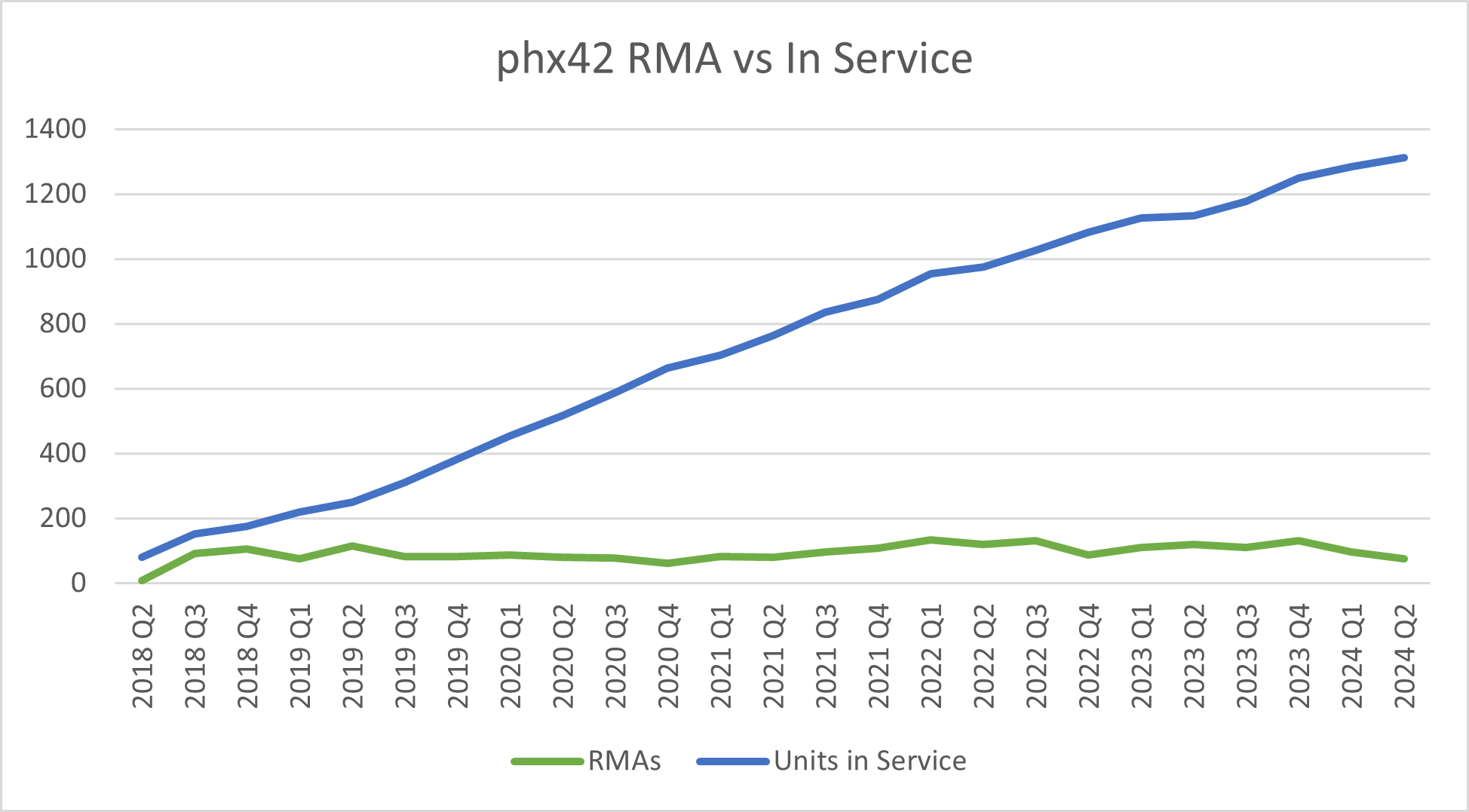Due to winter weather in the Houston area, our home office in Dickinson will be closed Wednesday morning (1/22) until 12:00 PM.
Support responses might also be delayed.
Please call 877-788-1110 x 6 before coming to the office to pick up or drop off.
Due to winter weather in the Houston area, our home office in Dickinson will be closed Wednesday morning (1/22) until 12:00 PM.
Support responses might also be delayed.
Please call 877-788-1110 x 6 before coming to the office to pick up or drop off.
Due to winter weather in the Houston area, our home office in Dickinson will be closed Tuesday 1/21 and may also be closed Wednesday 1/22.
Support responses might also be delayed.
Please call 877-788-1110 x 6 before coming to the office to pick up or drop off.
Our home office and warehouse in Dickinson will be closed and Support will be unavailable on the following days for the Christmas and New Year’s holidays:
All of our normal business and shipping operations will resume Thursday, December 26th, 2024 until we close again for New Year’s Day, but please note we will have limited staff during this holiday period, so Support responses may be delayed on the days we are open through New Year’s.
Have a blessed and safe holiday.
Our home office and warehouse in Dickinson will be closed and Support will be unavailable on Thursday November 28rd and Friday November 29th, 2024 for the Thanksgiving holiday. We will be back on Monday, December 2nd, 2024.
Have a blessed and safe holiday.


Overnight storage and calibration of the phx42 should be done indoors at or near room ambient conditions (15-25 °C or 59-77 °F) with a maximum humidity of 85%.
At the beginning of the day, you can triple-tap the power button to ignite the unit, or by using the app. After manually calibrating, or calibrating on a SpanBox, it is best to leave the phx42 ignited and running, uninterrupted, for the entire day. At the end of the day or when monitoring is finished, place the phx42 in “Sleep Mode” by quad-tapping the power button. Ensure the phx42 is stored in the environmental conditions stated above.
Note: The phx42 must be ignited for at least 15 minutes prior to calibration, drift, or any monitoring that will be performed. If the phx42 is used before it is warm, you may receive readings outside of the factory-specified accuracy ranges.

In an ever-evolving technological landscape, companies clinging to traditional ways of managing Leak Detection and Repair (LDAR) programs may be left behind. Simple trips to the filing cabinet are gradually being replaced by a couple of clicks on a web-based LDAR database – a radical shift that is revolutionizing data management.
Without a doubt, the primary allure of online LDAR databases is the ease of access. No matter where you are, your office now fits in your pocket. All your vital regulatory and maintenance data can be retrieved any time, any place, from any device connected to the internet. This, of course, provides a significant edge over paper records and manual entries enables you to hone your focus on enhancing your leak detection regime.

A look at documented leaks in Chateau.
In addition to convenience, web-based LDAR databases provide other invaluable features, such as daily alerts. Daily alerts are tailored to cater to your specific needs, enabling you to stay informed on key metrics, leaks, maintenance requirements, and other critical data. With these proactive notifications, compliance deadlines and missed repairs easily become a thing of the past.
Field technicians too can benefit from these databases. With the ability to check in and out data via Wi-Fi from anywhere in the world, this functionality bolsters real-time communication and teamwork, thus reducing delays in leakage reporting and solutions.
Moreover, compliance management becomes effortless with a web-based LDAR database. It enables centralized tracking of all necessary documentation, monitoring, and reporting processes, thereby ensuring complete compliance with all regulations. Additionally, the system’s customizable reports simplify audits, compliance reviews, and internal assessments.
Transitioning from a traditional database to a web-based LDAR database helps your organization streamline operations, increase precision, and foster collaboration. Say goodbye to paper clutter, manual errors, and routine IT issues. Say hello to, Chateau, the future of LDAR management – a powerful, cloud-based solution.

LDARtools will be closed Monday September 2, 2024 in recognition of Labor Day.
We will be conducting normal business operations Friday August 30 and Tuesday September 3.


This chart depicts one of the most amazing achievements in the history of the LDAR industry. It tells the story, with cold, hard numbers, of the unprecedented success of the phx42 FID analyzer, also commonly known as a Toxic Vapor Analyzer or TVA*, as an LDAR tool.
The blue line shows the increase in phx42s sold since 2018. Thanks to our friends and customers for the warm reception our favorite analyzer has experienced! But the green line tells an even more amazing story. It shows the total number of RMAs per quarter since the birth of the phx42.
An RMA represents an incident in which a phx42 has to be sent to our lab for repair. You can see the green line’s initial jump (in RMAs) when the phx42 was introduced. We learned with each RMA. We thought deeply, made changes, improved our training, and made things better.
So even as the number of phx42s in service has grown dramatically (to more than 1300), we have been able to keep the RMAs per quarter to the same level we were at when we had only 250 phx42s in the field. The LDAR industry has never seen anything like it.
Thanks to our staff, customers, vendors, and suppliers! We are making history.
*This is a misnomer, but also a term the industry has accepted to describe portable FIDs.
1102 Dickinson Ave.
Dickinson, Texas 77539
USA
Telephone: +1 (877) 788-1110
Fax: +1 (866) 385-9142
Mo-Th: 8:00AM – 5:00PM
Fr: 8:00AM – 3:00PM
After Hours: By Appointment
© 2025 LDARtools. All rights reserved.
